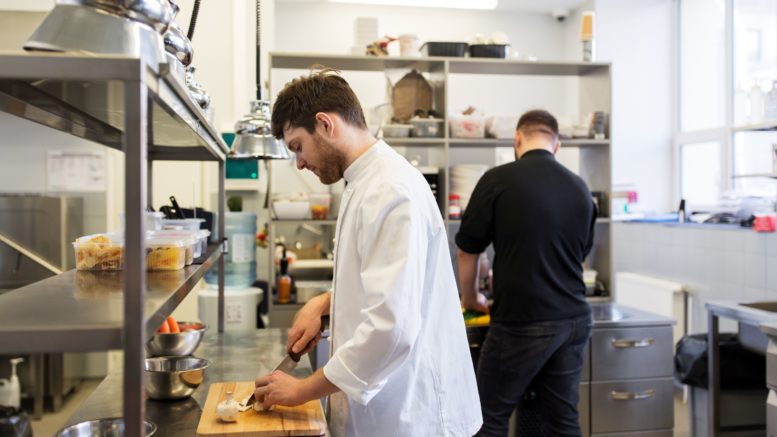Most Americans indulge in some form of restaurant eating, and consumers believe that cleanliness at these establishments is a key factor in determining where they satisfy their cravings.
While the local health department may make sure inspections are kept up to date, with so many new and existing restaurants, it can be hard to stay on top of them all. In New York City alone, there are 20,000 restaurants. New research in the INFORMS journal Information Systems Research says using online reviews from the average person can help keep things in check.
The study, "A for Effort? Using the Crowd to Identify Moral Hazard in New York City Restaurant Hygiene Inspections," looks at hygiene inspections at New York City restaurants from 2010-2016 alongside the associated set of online reviews for the same set of restaurants from Yelp.
Health inspection programs are designed to protect consumers. They typically occur at long intervals of time, allowing restaurant hygiene to remain unmonitored in the interim. This research finds online reviews may be effective to gauge restaurant hygiene during these periods.
"Online reviews of restaurants can effectively identify cases of hygiene violations even after the restaurants have been inspected and certified, thereby identifying moral hazard," said Shawn Mankad, one of the study authors, from Cornell University.
Online reviews of restaurants can provide city regulators with information that can help identify restaurants that are likely to be at risk for important hygiene violations even after receiving high hygiene grades. They can also pinpoint restaurants that are consistently diligent about their hygiene practices.
Mankad, along with Jorge Mejia of Indiana University and Anand Gopal of the University of Maryland, develop a social-media-based dictionary that captures the observed counts of hygiene-related words within online reviews of restaurants.
"Based on the dictionary word counts, we find that roughly 30 percent of all restaurants in New York City deteriorate in terms of their hygiene within 90 days of certification from the health department," continued Mankad.
"Augmenting the hygiene inspection regime with information from online reviews would enhance the effectiveness of these inspections long term."
Inspecting restaurants is costly and time-consuming and real-time changes in hygiene quality are difficult to observe through infrequent inspections. Continuous monitoring is not possible.
"Traditional techniques to detect and prevent moral hazard, such as rigorous inspections and a strong set of incentives, contribute toward decreasing these inefficiencies in the market," said Mankad. "However, we believe that techniques of text analysis within the domain of machine learning, alongside access to crowd-sourced data from online review platforms such as Yelp, can further enhance the efficacy of hygiene inspections."
Source: INFORMS and Information Systems Research

Be the first to comment on "Customer Reviews, Health Inspections Drive Consistent Good Hygiene at Restaurants"